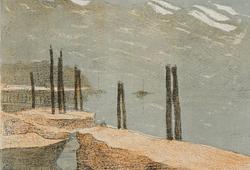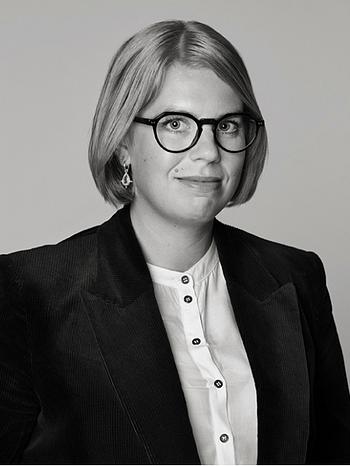Modern Art + Design presents ”ODIR” by Olle Baertling
Olle Baertling
”ODIR”
It has always been difficult to easily place Olle Baertling’s artistic practice into one specific –ism or with one group of artists in Swedish art history. He was an unconventional artist who chose his own path, both in life and art. Baertling felt that, for a long period of time, there was an unwillingness to accept his art in Sweden. He was simply the “the always controversial banker who tried to paint”. Many artists have of course met with some form of resistance when they have tried to present something new and innovative to an audience. But in Baertling’s case one might feel that this resistance was unfair and petty considering that he, in contrast to many of his contemporaries, found recognition far beyond his own country within his own lifetime. With exhibitions across the globe, from the 1950s and up until his death in 1981, Baertling should be considered on a different level of international fame as a Swede, a level only reserved for the chosen few such as, for example, Öyvind Fahlström and Claes Oldenburg.
The 1950s proved to be his most important decade. During the early 50s, he took longer and longer leaves of absence from his job at Skandinaviska Banken and travelled to Paris. There in the Mecca of art he came into contact with a new wave of artistic expression at the Salon des Réalités Nouvelles and sought out artists such as André Lhote, Fernand Léger, Victor Vasarely, Richard Mortensen and Auguste Herbin. The latter would turn out to be crucial to his continued development as an artist. Herbin introduced Baertling to the visionary gallerist Denise René who immediately installed him into her ‘stable’ of Constructivists. Baertling abandoned the early op art that had inspired him for a while and began developing his own unique style of triangles and diagonals as his main themes. Once Baertling had properly dedicated himself to non-figurative motifs, he began to ‘construct’ his paintings.
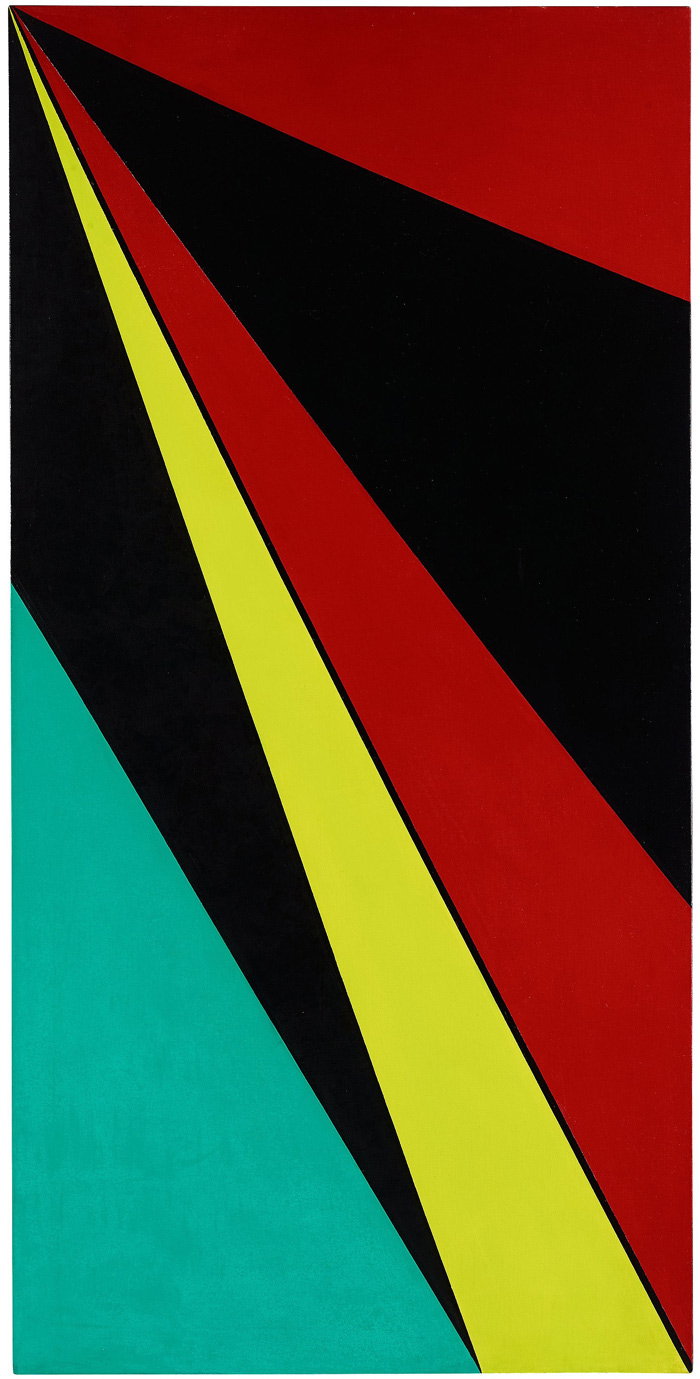
From basic geometrical elements he then constructed a new visual language made up of units of measurement, proportion and synthetic, systematic colour tones. All methodically executed, at some point the geometrical instinct kicks in and the ‘open form’ is born. Through the concept of the ‘open form’ Baertling strove to recreate space and movement with his geometrical shapes that continued beyond the frame of the canvas.
In the art criticism essay ‘Svensk konst efter 1945’ [Swedish Art post 1945] Olle Granath writes the following: “The friendship with Auguste Herbin showed Baertling the way to non-figurative painting, which he would soon give his own unique take on, in his unfinished, triangular shapes, and in his powerful and divergent colouring. The unfinished triangles, what Baertling himself has called the ‘open form’, contribute to the viewer never experiencing any ‘relationships’, like that between fore- and background, in the paintings. Such relationships Baertling considered as ‘naturalism’. His central goal is to eliminate any possible references to something beyond the image itself. The black bands that separate the different colours are not the straight lines they appear to be at first glance, but curves adapted to compensate the optical expansion or contraction of the different colour tones respectively. In this way he accrues an almost painfully tense image that excludes any experience of decoration.”
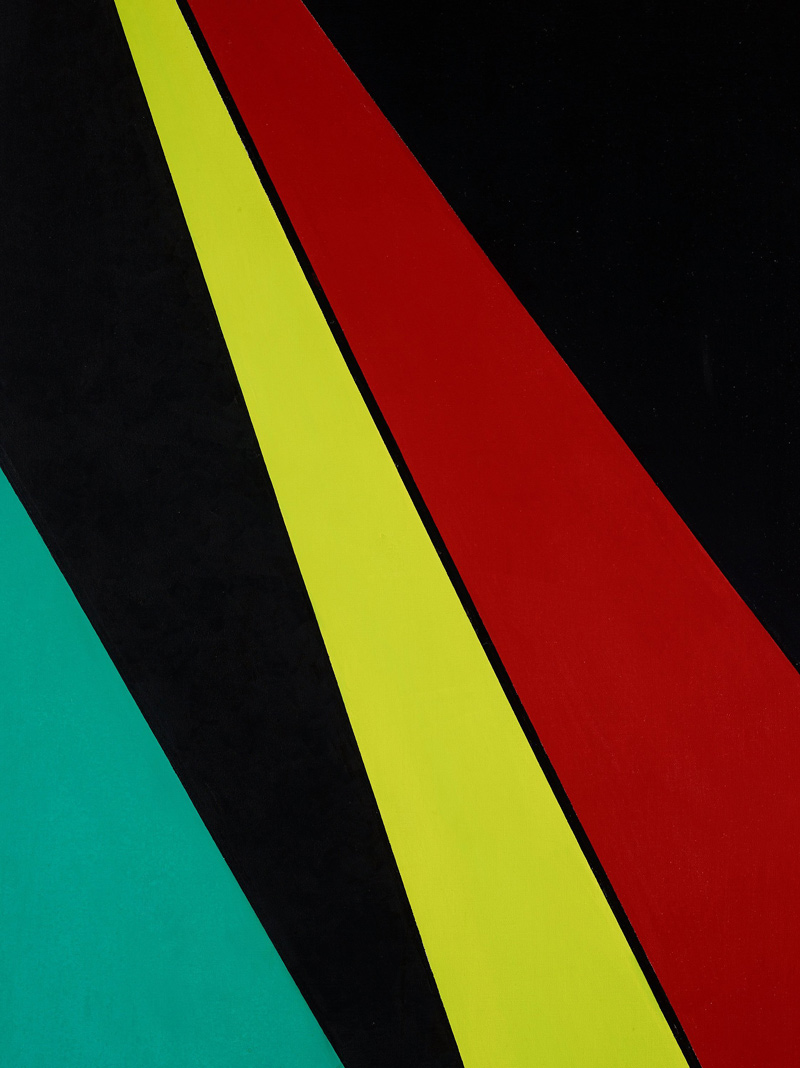
It is a highly accurate description of Baertling’s art. Olle Baertling did not want to change the world. But he wanted to tempt out the dynamic forces that we as individuals can be invigorated by, to the best of our needs and abilities. He has been described as a humanist who created his own universe. And in contrast to the modernists at the beginning of the 20th century, he did not want to change the world with his art. In an article in the magazine Arkitektur, Baertling writes: “The creating artist is free and has to be in his creation. He has nothing to do with anything else, social, political and so on. To all intents and purposes, nothing has to do with society and its compromises. All he has to do with is the inner reality, the forces that govern everything, invisible, but still the most important source of power and true reality for humans, the condition for all progress, the creator of the culture we call our own.”
The work in the auction, ODIR, has everything that Baertling strove to achieve at this time; sharp ends gathered in a corner drawing the viewer’s attention, like a loaded point that then forces the gaze to recoil. The strength of the colours contributes to the impression of the work, where stretched-out triangular shapes stimulate that experience, and you are sucked in by the triangles that become explosive, making the viewer almost lose their breath.
Viewing November 11 – 16, Berzelii Park 1, Stockholm
Open Mon–Fri 11 am–6 pm, Sat–Sun 11 am–5 pm.
Auction Live November 17–18, Arsenalsgatan 2, Stockholm
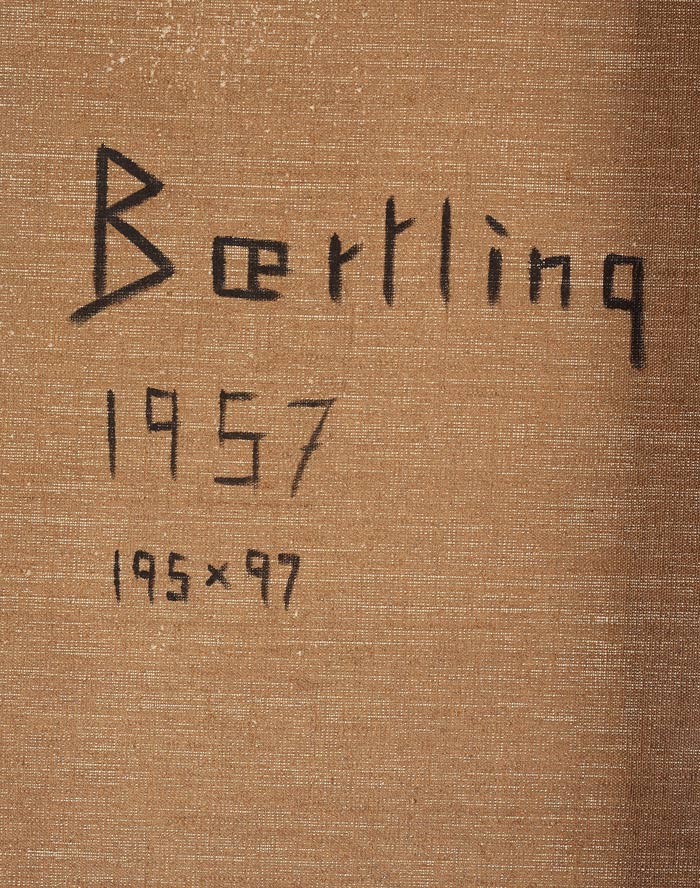
For requests & condition reports Contact our category specialists
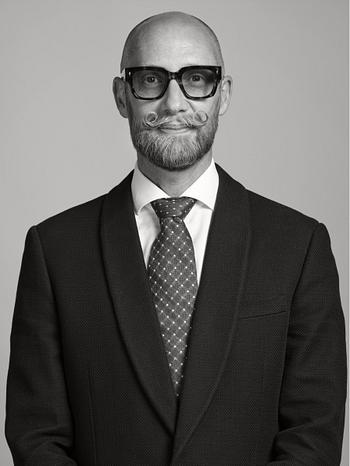
Stockholm
Björn Extergren
Head of Consignment and Sales Department, Fine Art. Specialist Antique Furniture, Decorative Arts and Asian Ceramics
+46 (0)706 40 28 61







